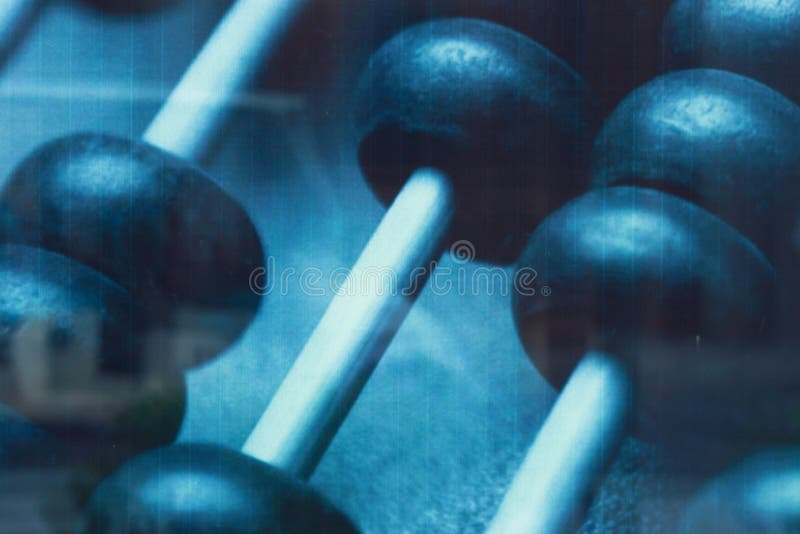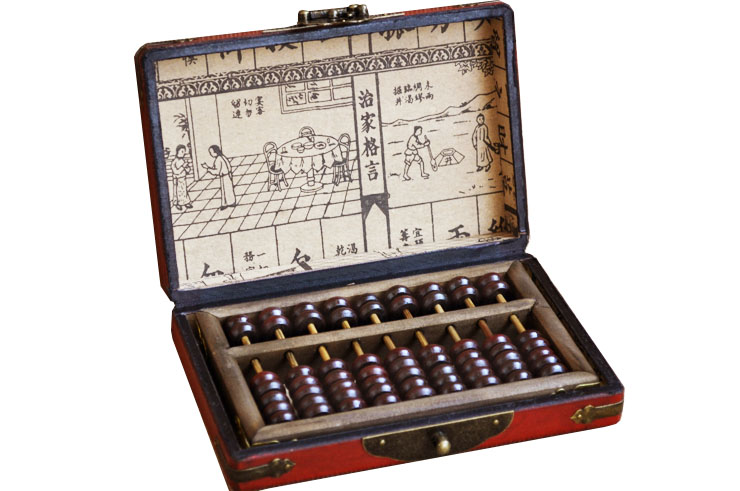


The cookie is used to store the user consent for the cookies in the category "Performance". This cookie is set by GDPR Cookie Consent plugin. The cookie is used to store the user consent for the cookies in the category "Other. The cookies is used to store the user consent for the cookies in the category "Necessary". The cookie is set by GDPR cookie consent to record the user consent for the cookies in the category "Functional". The cookie is used to store the user consent for the cookies in the category "Analytics". These cookies ensure basic functionalities and security features of the website, anonymously. Necessary cookies are absolutely essential for the website to function properly. Example: Calculate 9 × 2 – 10 ÷ 5 + 1 = Solution: 9 × 2 – 10 ÷ 5 + 1 (perform multiplication) = 18 – 10 ÷ 5 + 1 (perform division) = 18 – 2 + 1 (perform subtraction) = 16 + 1 (perform addition) = 17 Step 2: Then, perform addition and subtraction from left to right. Step 1: First, perform the multiplication and division from left to right. Which is the correct order of addition and subtraction? Finally, he counted the times the sticks crossed each other in each section (blue dots).

Where the red and black cross (the middle column), 10 x 1 = 10, so that is the tens column.

Since the red lines are the tens place, and 10 x 10 = 100, that would be the hundreds column. Which is the tens column in the Chinese multiplication method?Ĭhinese Multiplication Method. In a typical scenario below, 21 divides by 7, we use 除以 Chú yǐ to say “divide by”. BUT, be careful of how you say it as the calculation method that you mean may not be what the Chinese interpreted.
#Chinese abacus subtraciton how to
How to “Divide” in Chinese? It is tricky to use the Chinese word 除 Chú or 除以 Chú yǐ to refer as divide since both can be used. You simply lay out sticks consistent with the place values of the digits being multiplied. The Chinese Method, or stick method, of multiplication involves properly placing and crossing sticks. How does the Chinese method of multiplication work? To count a single number with the abacus, move the appropriate number of beads towards the bar. The first step when using a Chinese abacus is to clear it, which is done by placing the device flat on a table and moving the upper deck beads to the top of the frame and the lower deck beads to the frame bottom. This is different to the UK model teaching of maths, which is more focused on small groups and individual attention. When finding the mode, it helps to order the numbers first.Ĭhina uses whole-class instruction, engaging all students in the material and prompting feedback. The mode is the only average that can have no value, one value or more than one value. The mode is the value that occurs most often. In it the numbers are written in Chinese characters, but, for most of the procedures described, the actual computations are intended to be performed on a surface, perhaps on the ground. What kind of mathematical operations were used in the Chinese number system?Ĭhinese mathematics …how to perform the four arithmetic operations of addition, subtraction, multiplication, and division. Next, add and subtract from left to right. Continue to perform multiplication and division from left to right. Order of operations tells you to perform multiplication and division first, working from left to right, before doing addition and subtraction. What is the rule for adding subtracting multiplying and dividing? The Chinese Number System The simple but efficient ancient Chinese numbering system, which dates back to at least the 2nd millennium BCE, used small bamboo rods arranged to represent the numbers 1 to 9, which were then places in columns representing units, tens, hundreds, thousands, etc. There are two ways to say “equal” in Chinese Math – 等于 Děngyú and 得 Dé….Vocabulary: Add / Plus, Subtract / Minus, Multiply, Divide, Equal. 6 Which is the correct order of addition and subtraction?.2 What is the rule for adding subtracting multiplying and dividing?.


 0 kommentar(er)
0 kommentar(er)
